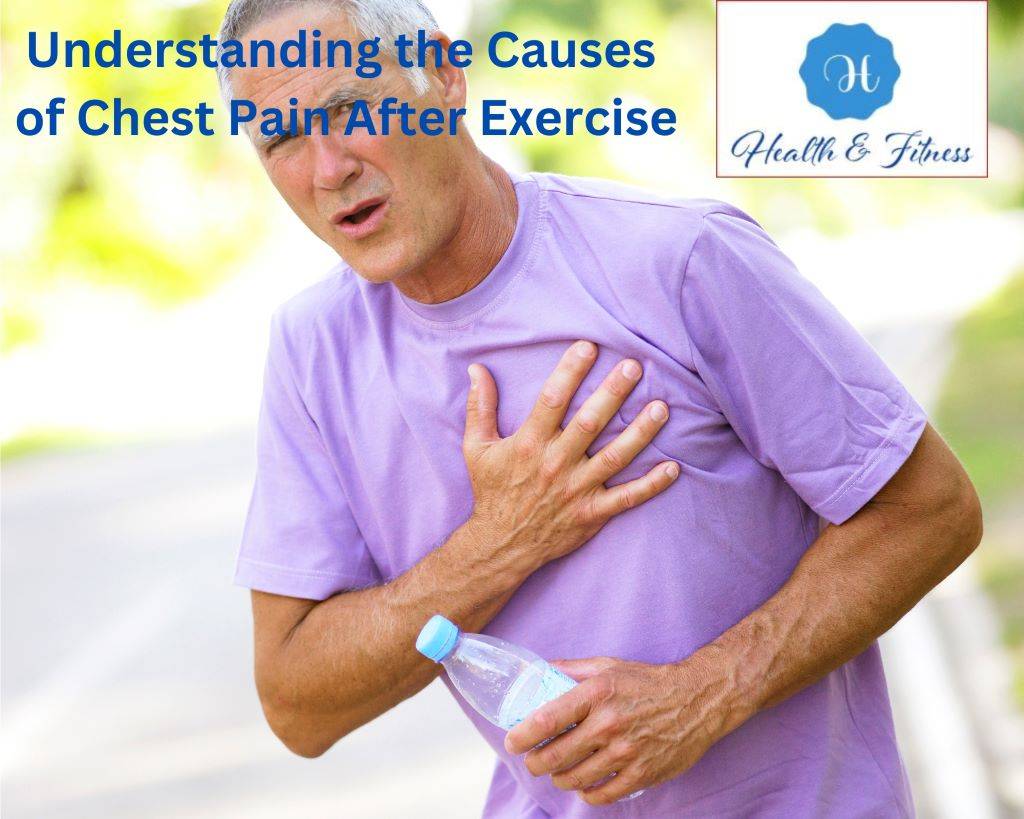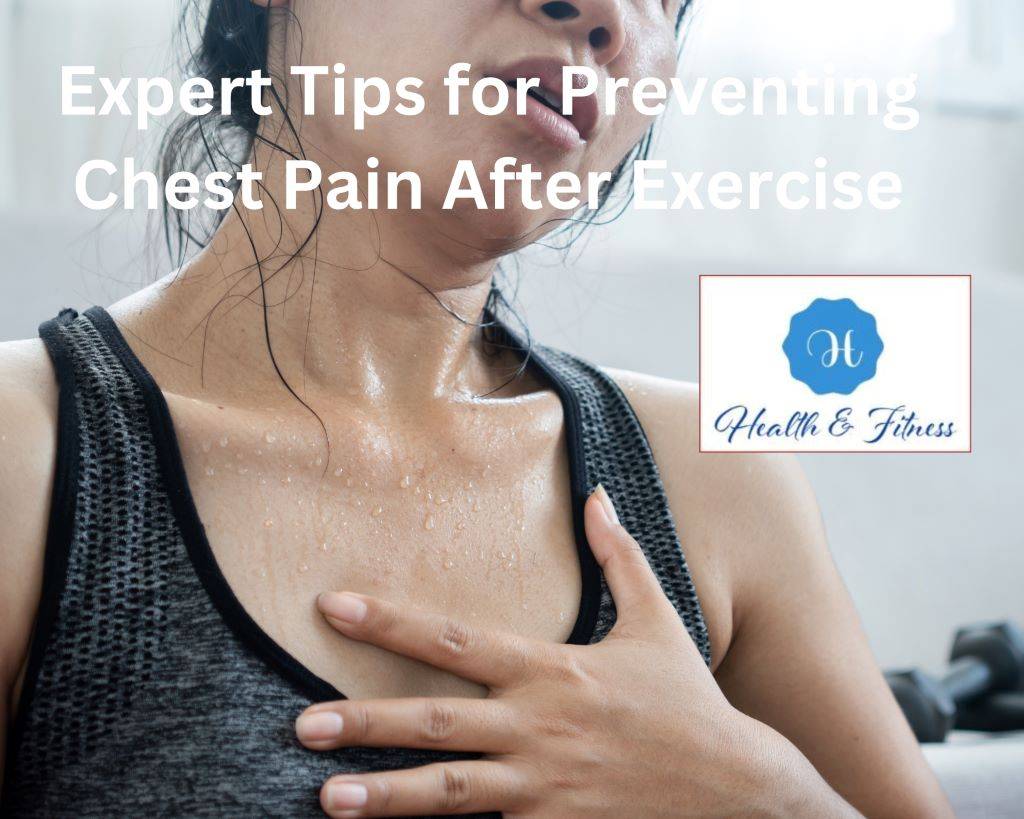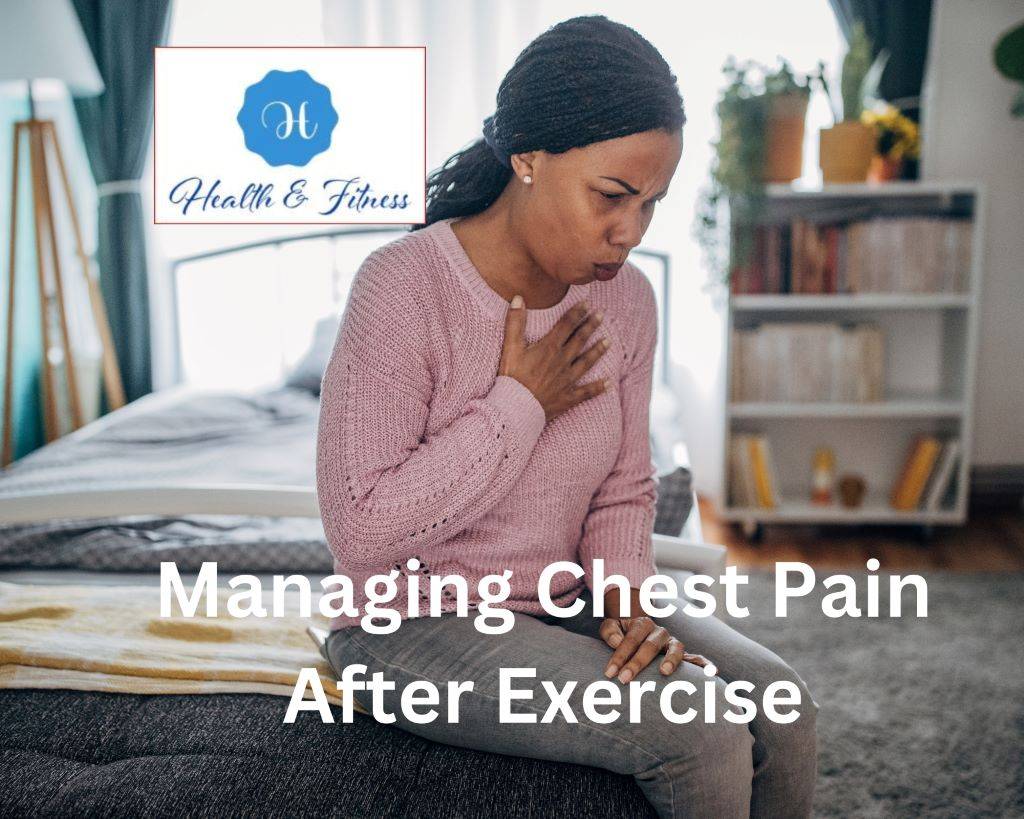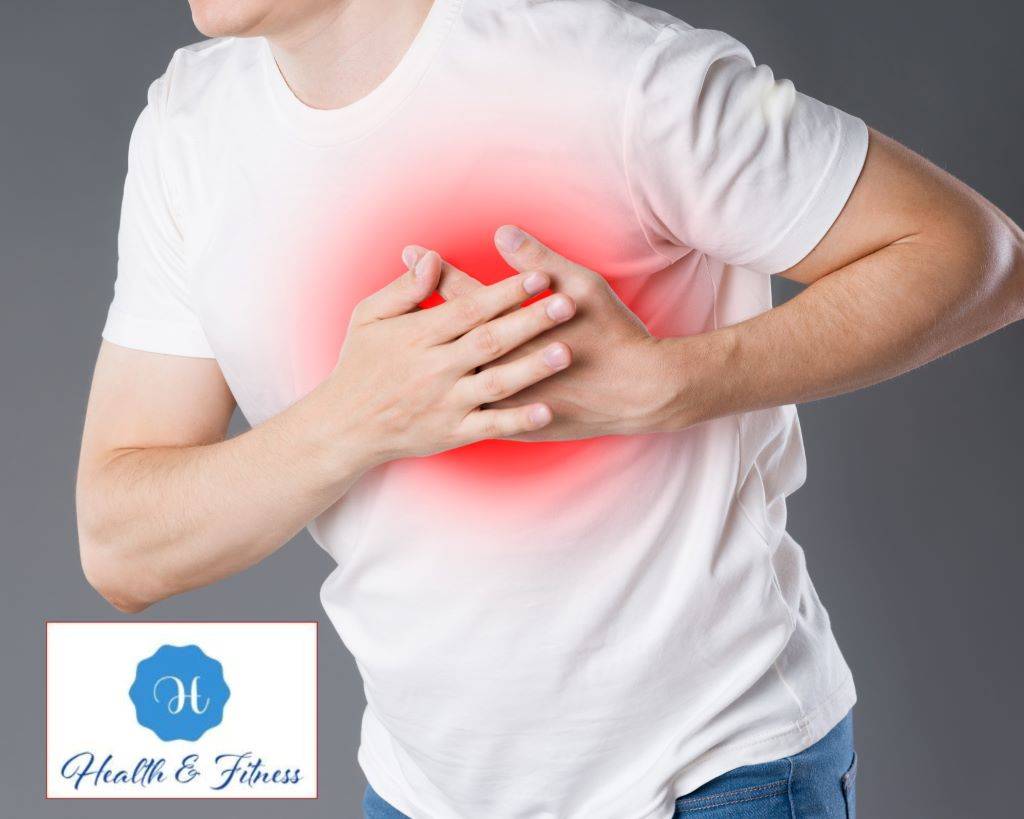Chest Pain After Exercise: Expert Tips for Prevention and Management
Chest Pain After Exercise: Safeguard your heart health with expert tips for preventing and managing chest pain after exercise. Prioritize your well-being today.
it can be a disconcerting experience for many individuals, particularly regarding heart health. While some instances of chest pain may be harmless, it’s crucial to understand the potential causes, prevention strategies, and management techniques to ensure your safety and well-being. This in-depth, thoughtful, and comprehensive blog post will delve deeper into expert tips for preventing and managing chest pain after exercise, helping you maintain a healthy and active lifestyle without compromising your heart health.
Section 1: Understanding the Causes of Chest Pain After Exercise

It can result from various factors, ranging from benign to severe. Some common causes include:
- Musculoskeletal pain: Overexertion or strain of the chest muscles and ligaments can lead to discomfort and pain after exercise. This pain is typically localized and may worsen with movement or deep breathing. It’s essential to differentiate musculoskeletal pain from other causes, as it rarely indicates a heart-related issue.
- Acid reflux: Exercise can sometimes trigger acid reflux, causing stomach acid to flow back into the esophagus and resulting in chest pain. Acid reflux pain is frequently described as a burning feeling with a sour taste in the mouth. It can be controlled by dietary adjustments, over-the-counter medications, or following prescribed treatments.
- Asthma: Exercise-induced asthma can cause chest tightness and pain because of inflammation and constriction of the airways. This disorder is frequently associated with shortness of breath, wheezing, and coughing. Proper asthma management, including inhalers and other medications, can help prevent exercise-induced symptoms.
- Angina: Reduced blood flow to the heart muscle causes chest pain, frequently caused by coronary artery disease. Exercise can trigger angina, as the heart requires more oxygen during physical activity. Angina pain is typically described as pressure, tightness, or squeezing in the chest and may radiate to the arms, neck, or jaw. It’s essential to consult with a healthcare provider if you experience angina, as it may indicate an increased risk of a heart attack.
- Heart attack: In rare cases, chest pain after exercise may indicate a heart attack when blood flow to the heart muscle is blocked. This is a medical emergency and requires immediate attention. Signs of a heart attack may encompass chest discomfort, difficulty breathing, feelings of sickness, dizziness, and clammy perspiration.
Section 2: Expert Tips for Preventing Chest Pain After Exercise

To minimize the risk of chest pain after exercise, consider the following expert tips:
- Warm-up and cool down: Gradually increasing your heart rate and loosening your muscles with a proper warm-up can help prevent chest pain. Similarly, a cool-down period allows your heart rate to return to normal and reduces the risk of injury. Incorporate dynamic stretching and low-intensity aerobic exercises into your warm-up and cool-down routines.
- Pace yourself: Avoid pushing yourself too hard or quickly during exercise. To minimize the chances of experiencing chest pain, gradually enhance the intensity and duration of your exercise sessions, enabling your body to adjust and adapt. Listen to your body and adjust your exercise routine accordingly.
- Manage stress: Stress can contribute to chest pain and heart issues. Incorporate stress-reduction techniques, such as deep breathing, meditation, or yoga, into your routine to promote overall well-being. Regular physical activity can also help alleviate stress and improve mental health.
- Maintain a healthy diet: A well-balanced diet of fruits, vegetables, whole grains, lean proteins, and healthy fats promotes heart health. It also helps reduce inflammation, thereby aiding in the prevention of chest pain. Limit your intake of processed foods, saturated fats, and added sugars to protect your heart further.
- Stay hydrated: Dehydration can contribute to chest pain and muscle cramps. To stay hydrated during and after exercise, consume enough water. Aim for at least 8 cups of water daily and increase your intake during intense exercise or hot weather.
- Monitor your health: Regular check-ups with your healthcare provider can help identify and manage any underlying health conditions contributing to chest pain after exercise. Early detection and treatment of heart-related issues can significantly reduce the risk of complications.
Section 3: Managing Chest Pain After Exercise

If you experience chest pain after exercise, consider the following steps to manage your symptoms and protect your heart health:
- Stop exercising: Rest immediately if you experience chest pain during or after exercise. Pushing through the pain can exacerbate the issue, leading to more severe complications.
Assess your symptoms: Assess whether the pain is limited to a specific area, sharp in nature, or accompanied by additional symptoms like breathlessness, lightheadedness, or queasiness. This information can help you and your healthcare provider identify the cause of the pain and develop an appropriate treatment plan.
- Seek medical attention: with intense, persistent chest pain or other worrisome symptoms, it is imperative to seek immediate medical attention. It’s essential to rule out severe causes, such as a heart attack, and receive appropriate treatment.
- Follow your healthcare provider’s advice: If your chest pain is because of an underlying health condition, follow your healthcare provider’s recommendations for managing the issue. This may include medication, lifestyle changes, or further testing. Adhering to your treatment plan can help prevent future episodes of chest pain and protect your heart health.
- Modify your exercise routine: If necessary, adjust your exercise routine to prevent future episodes of chest pain. This may involve reducing the intensity or duration of your workouts, incorporating low-affected activities, or working with a fitness professional to develop a safe and effective exercise plan tailored to your needs and limitations.
In conclusion, experiencing chest pains after exercise can be concerning, but knowing the appropriate steps can help.
Conclusion
Chest pain after exercise can be a concerning experience, but understanding the potential causes and implementing expert tips for prevention and management can help you maintain a healthy lifestyle. By warming up and cooling down, pacing yourself, managing stress, maintaining a healthy diet, staying hydrated, and monitoring your health, you can reduce the risk of chest pain and protect your heart health. If you experience chest pain after exercise, stop immediately, assess your symptoms, and seek medical attention if necessary. You can continue enjoying exercise while keeping your heart safe and sound with proper care and attention.



